Whether you are writing for a school assignment, a current events website, or your favorite news outlet, there are unique rules to writing a news story that all writers should follow. Do you need to brush up on your writing skills before diving in? Learning how to write a news article doesn’t have to be complex or even time-consuming.
Instead, you can learn how to include all the relevant facts in your news article in just 9 simple steps.
Are you ready to start writing? Let’s dive in!
How to Write a News Article in 9 Easy Steps
While you could compare your work to other articles by writers you admire, it might help you to pare down the rules of journalism into a simple framework. Here are my best tips to teach you to include relevant information in your news writing.
1. Do Your Research First
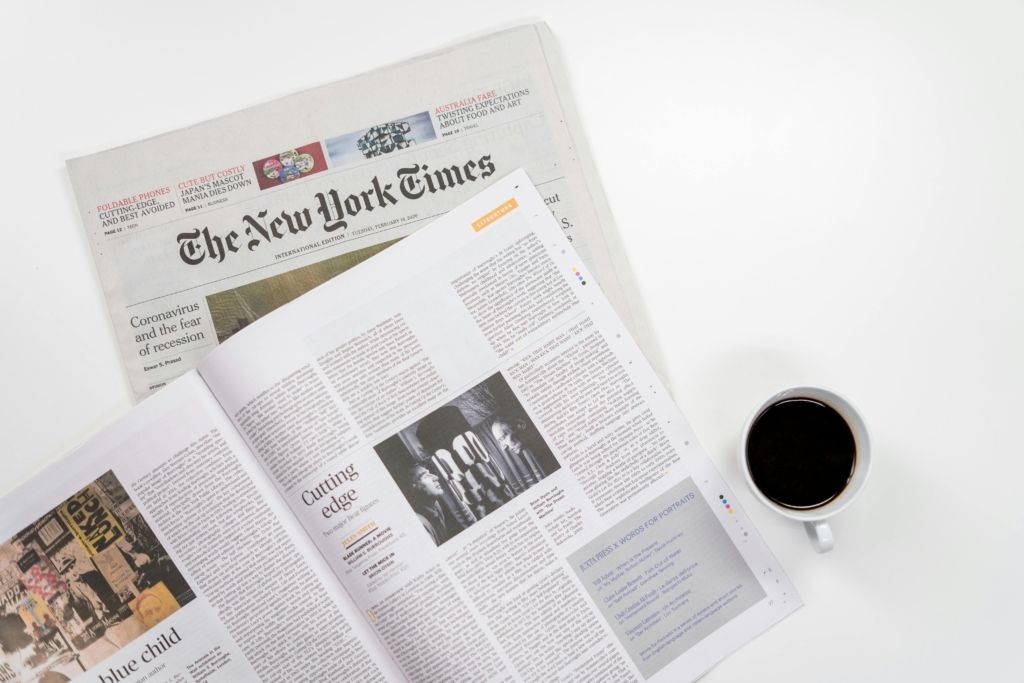

Anytime you start a new news article, it’s important to get all of your details straight. This means you need to do a little digging into the background information of your story, the important players in the setup, and who might make good interview sources.
Start outlining what you need to get your story in shape.
Research is a crucial and often overlooked starting point. Make sure you’re getting accurate information that supports your main points. When you’re interviewing sources, you should still ensure that you fact-check the information they give you. Never take anything for granted if you want to make it as a news writer.
2. Outline the Main Point of Your Article


Once you have the relevant details you need, you should start outlining the main point of your article. Sum up the entire piece in one sentence before you move on to outlining the whole piece. If you can’t say succinctly what your news article is going to be about and what your angle is, you will have a hard time keeping things engaging for your readers.
You don’t have to include the most important information in this one sentence, but you should have a good idea of what matters.
From here, you can move into structuring the rest of your article using the inverted pyramid structure.
3. Tighten It Up: The Inverted Pyramid Structure


According to the Purdue University Online Writing Lab, a good news story has the shape of an inverted pyramid. Think about the shape of a pyramid and the layout of your news article will start to come into clearer focus. The three main stages of the inverted pyramid are:
- Lead
- Body
- Background information
At the base of the pyramid, include the essential facts that your readers need to know to understand your story. This should include your lead (more on this in the next tip). This is where you will want to include your answers to the main questions your audience will be asking.
Broad details are showcased upfront before you segue into much deeper information.
After the main point of the article is established, you can start to provide much more specific points that get your ideas across. The logic here is that an editor could cut words from the bottom of your article without losing the story if they needed space in a traditional print setting.
The internet makes the need to cut words less pressing, but this structure still holds.
4. Find Your Lead


What is going to compel your audience to keep reading your news article when they are already inundated with other stories and news outlets?
Your lead is the reason someone picks up your article and decides to read it. You get a very limited window in which to grab a reader’s attention, so start with the most compelling facts of your story. Include a shocking statistic, an interesting quote, or an unexpected hook that will tell people they absolutely must keep reading.
By the time they finish your first sentence, it should be clear that they need to finish. Give more details in the second and third sentences, but know that your very first paragraph contains everything a reader needs to know about your story to compel them to continue reading.
5. Support Your Story with Relevant Facts


At this point, you want to start writing and engaging with the information you have gathered. This is the time to write down all of the statistics and interview quotes you intend to include in your article. If there are other forms of data you need to include like charts or graphs, compile them all now.
Think about what would support your story the best and make it feel real to readers. A few well-placed relevant facts would flesh things out and establish your authority.
I like to make sure I answer the five W’s (Who, What, When, Where, and Why) in any piece that I’m writing. It’s a basic writing technique that makes sure you cover everything and should be a framework for how to write a news article.
6. Writing Style for a News Story
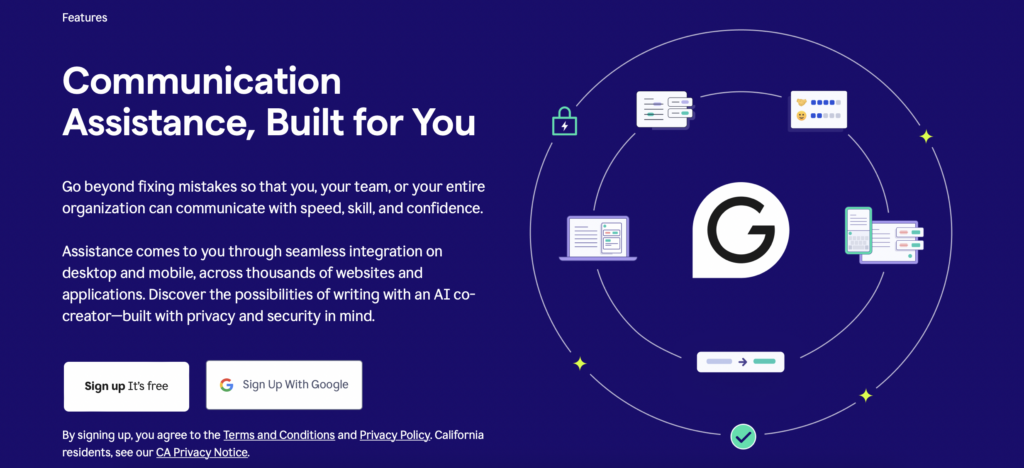

Once you have all of the details sorted out with your relevant information and quotes, it’s time to turn your attention to writing style. News articles are usually written in the third person and don’t typically include personal experience unless it is highly relevant.
Stick to active voice whenever you can. This eliminates some instances of wordiness and can be a bit more engaging for readers compared to passive voice.
If you aren’t sure what the difference is, then Grammarly has a great guide that can help you identify when and how to use each one.
Other stylistic concerns include writing in short paragraphs. News articles tend to be easy to skim and don’t contain lots of large blocks of text. While you will have several paragraphs, you want to make sure that you make them less overwhelming to read. This is something that can be adjusted after you write the first draft.
Many journalists also recommend that you avoid jargon that could be confusing for your audience. Only use terms that the average layperson would understand unless writing for a specific, niche audience.
As always, make sure that you cite your sources and give attribution when and where credit is due.
7. Write a Compelling Headline
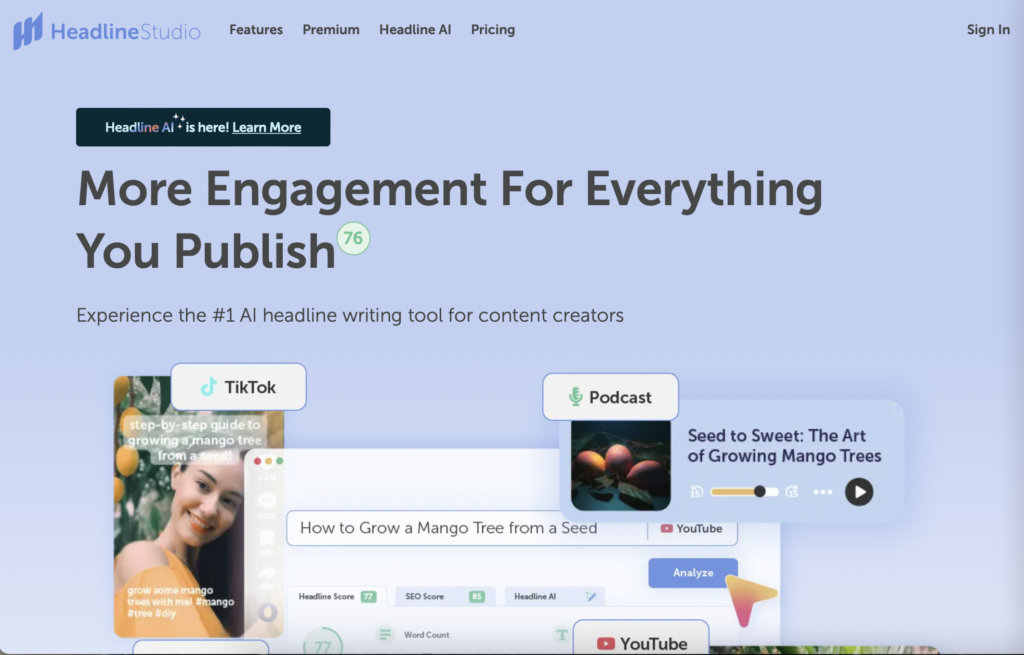

Only once you have the article outlined and written can you start to sort out what you should call it. A compelling headline is what people notice about your piece first — and it determines whether they are interested in reading the remainder of your piece.
Copyblogger estimates that 80 percent of people will read the headline, but only 20 percent read the content.
The good news is that you aren’t left alone out here on the internet to figure out what people are more likely to click on. I like to use tools like Monster Insights for their headline analyzers which gives tips to help you refine your title ideas until they are truly click-worthy.
Experiment with formats and wording that speak to your target audience and convey important details. Remember that you don’t want clickbait but you do want titles that capture interest, if you can deliver on the promise that you’re making.
8. Revising and Copyediting News Articles
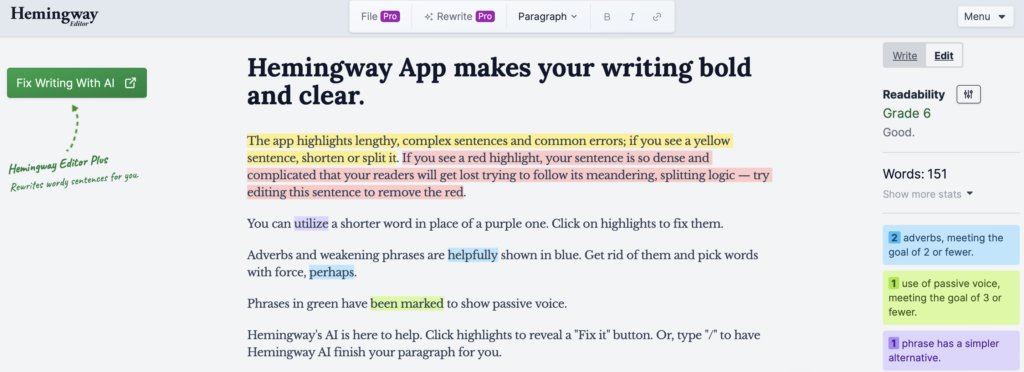

A newspaper story isn’t the place for “purple prose” and flowery writing. That means you need to trim a story down to only its most essential facts. Pay attention to other news articles and you’ll likely find that they don’t use fancy words or extraneous sentences. Instead, they present the facts and not much else.
You might be surprised to learn that experts recommend keeping the reading level of a news article at the eighth- to tenth-grade mark.
You can measure the grade level using free tools like Hemingway and copying and pasting your content into the editor. This tool is great for eliminating wordiness and complex sentences that could prove confusing for readers. As a bonus, it also marks instances of passive voice so that you can tighten up your writing.
This is a great option to learn how to write a news article.
That means you need to tighten your work as much as possible. That doesn’t mean it has to be spare; you can still include some signature style and flair to your article. But make sure it’s as short as you can make it to save room and ensure that people read from the first paragraph to the last.
9. Find a Place for Submission
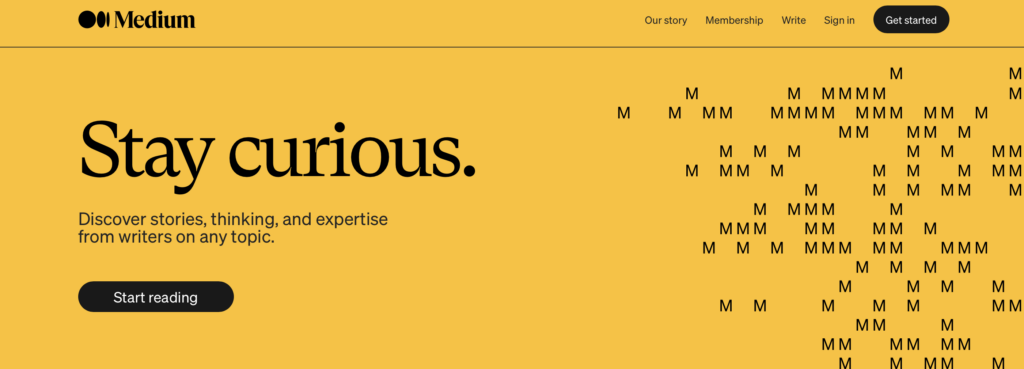

Congratulations! You have followed the entire process here and you know how to write a news article that people will read. The question is: where do you reach those readers with your finished piece? It can feel challenging to get your work out into the world, but there are lots of outlets looking for fresh talent.
Some people like the idea of submitting their news articles to local magazines and newspapers. But if you want a broader reach, here are some ideas of places that call for open submissions:
You may want to check out this list of magazines that accept freelance submissions for more ideas of places where you can be published.
You could also start your own news outlet, gathering up stories from other writers. If you do, you will want to check out our SEO for news publishers article here to help you rank at the top of the SERPs. Don’t forget to check out our list of 781 newspaper name ideas to get you thinking!
Final Thoughts: Get Your News Story Out There
With all of these tips, you can command your reader’s attention and convey the information that they need. Most readers have a sharp eye for good reporting skills. Impress them with your writing skills today and start submitting your news articles to major outlets for a little extra cash, prestige, and for the love of the written word!